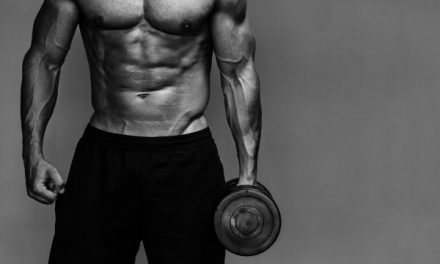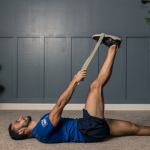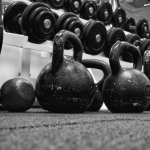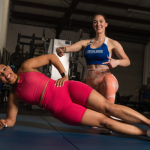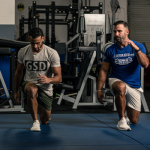I have been involved in the iron game for 20 plus years and I have never been able to understand why certain bodybuilders/weightlifters possess an immense faculty for making exercise difficult.
So here’s a crazy statement, “Successful bodybuilding isn’t that difficult!”
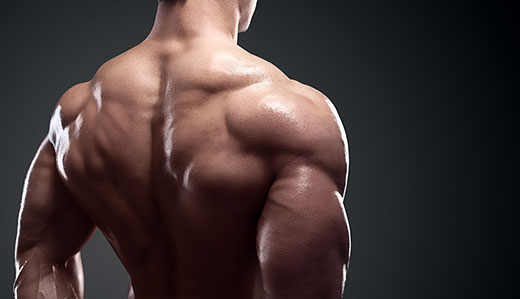
It’s just most people aren’t willing to commit to the four principles that are required. All you have to do is observe the common sense rules of Exercise, Diet, Rest and Relaxation, and in addition, possess a very basic knowledge of the working of the muscles and that’s all there is to it.
Simple just not easy.
Commitment to these 4 principles long term is what leaves people in the dust. Only a few brave souls can hang on for the ride.
That is why all of the mainstream bodybuilding magazines and websites go over these common sense rules every single month in new and exciting ways…because people are always looking for a way to get there that isn’t so long and arduous.
But the principles never change.
That being said, let’s tackle a very real issue plaguing guys in gyms everywhere: How to get bigger, wider shoulders?
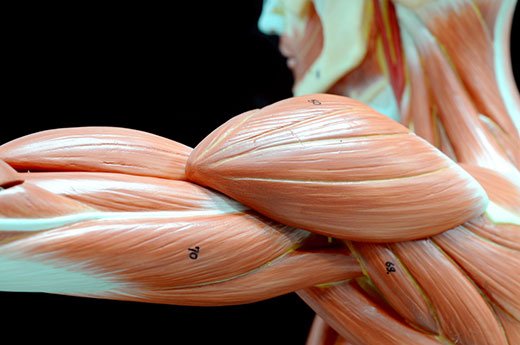
The Power of Compound Movements
There is no doubt that massive deltoids are the distinction of a man. I have to say though that the deltoids are slow-growing, sometimes frustrating to train, and often meager in the observable development as you have personally noticed with regard to your own development.
Shape training and or isolation movements have their place but none will stimulate the whole deltoid complex as completely as compound movements. The good news is so long as you have a power rack (cage), here is what I propose to strengthen and thicken your deltoids.
If you want to work the deltoids brutally hard, begin your first exercise with the standing Military Press or Overhead Press (OHP) with a barbell but with a twist. This exercise should be performed in isometric style in a power rack, doing isometric stops and at 3 different stages or positions of limited movement.
The 3 stages or positions are:
- pressing the barbell from shoulder level to eye level
- pressing the barbell from eye level to 6 inches from a lockout position
- pressing the barbell from 6 inches from lockout to lockout position
Do the most difficult stage of the isometric stop first, then the next hardest, and finally the least difficult.
Let’s assume that the most difficult position for you is stage 2 of the standing military press. Place a barbell on the set of starting pins (where the movement will begin) at eye level, beginning with a poundage that is approximately 70 percent of your current one-rep maximum of unlimited movement (full extension and full contraction) in this exercise. As your workouts progress, you will want to use training loads of 80-90 percent of your one-rep maximum.
A second set of power rack pins (called holding pins) should be placed at approximately 6 inches from the actual lockout position of the standing military press. These are the pins that you will be pressing the barbell against.
Begin the exercise by pressing the barbell off the starting pins. As the barbell makes contact with the holding pins, begin applying a measured resistance of 3 seconds to reach a peak sustained contraction. Hold this sustained contraction for 9-12 seconds. At the completion of the measured sustained contraction, take 2 additional seconds to release the tension as you lower the barbell down to the starting pins. This completes stage 2.
Now set up for the next hardest position (it could be #1 or #3) and finally the least difficult position, using the measured time factors described for stage 2.
After you have completed the Standing Military Press (done in isometric style, performed once only at each stage), you can begin to do Seated Dumbbell Presses for a total of 3 sets of 6 reps each. I favor the use of dumbbells for a couple of reasons.
First, they develop a greater stabilization of the muscular structure of the deltoid region than the barbell. Second, the deltoids are best exercised from a range of 45° below shoulder level to a range of 45° above shoulder level (after which the synergist muscles of the scapula, trapezius, and the triceps muscles do the rest of the work), and this is easier to perform with a set of dumbbells than with a barbell.
Press either the dumbbells from 45° below shoulder level to the top of your head in non-lock style. I am not going to get into frequency of this type of training as you should know that already.
My closing thoughts would suggest first that you concentrate on contracting the thighs, glutes and abdominals and by doing so you will be able to press more weight overhead.
Our legs and core drive our success in all upper body exercises, large or small, so let them assist you in your mission to grow bigger, stronger shoulders.



